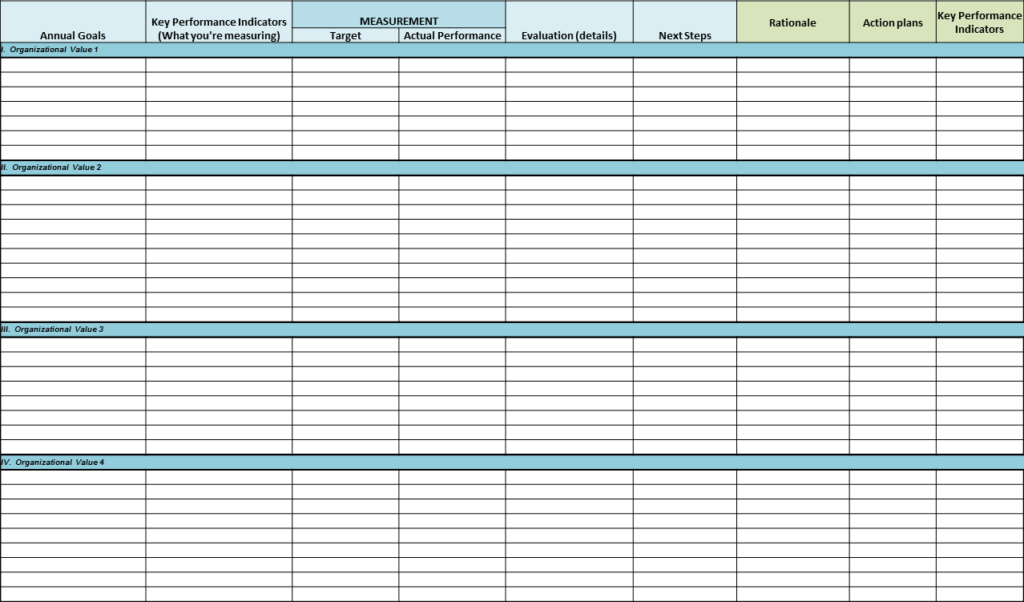This toolkit originates from the Health Sciences Information Consortium and is in the process of being adapted and updated by the CHLA/ABSC Standards Standing Committee.
Les rapports peuvent prendre de nombreuses formes différentes, mais ils sont vraiment essentiels dans le monde des affaires. Dans les bibliothèques de santé, nous ne nous considérons peut-être pas toujours comme une entreprise, mais nous le sommes en fait, comme n'importe quel autre département de notre organisation plus large. Nous devrions rendre compte de nos activités, de nos finances, de nos objectifs, de nos succès et de nos échecs, qui doivent toujours être encadrés par la mission et les objectifs de nos institutions mères. Cette section propose quelques ressources et outils couvrant les rapports formels, les rapports informels et les rapports fiscaux. Il existe de nombreuses autres formes de signalement qui ne sont pas couvertes ici. Ce qui est le plus important, c'est que les bibliothèques doivent être responsables et participer à tous les rapports standard qui se produisent dans leurs organisations, mais aussi peut-être être proactives à propos de leurs rapports là où cela pourrait être considéré comme une « valeur ajoutée ».
Les rapports sont essentiels pour être perçus comme faisant partie de l'équipe de votre grande organisation. Soyez proactif lorsque vous le pouvez - si on vous a demandé de renoncer à un rapport annuel formel, envisagez plutôt une infographie annuelle pour communiquer votre valeur. Assurez-vous de lier vos rapports à la mission et aux valeurs de votre organisation.
Exemples
Un rapport formel peut être beaucoup de choses différentes, y compris un rapport annuel plus commun, un rapport de qualité, un rapport financier. Il est généralement accompagné d'un résumé analytique, de divers titres ou sections normalisés, souvent du même format suivi par d'autres services de votre organisation et peut être accompagné de tableaux, de diagrammes, de graphiques et de diverses annexes. Il s'agit généralement d'un rapport sur les activités ou les objectifs de l'année précédente, qui ont été, sous une forme ou une autre, mesurés. Vous trouverez ci-dessous un exemple de feuille de calcul qui peut être utilisée pour décrire les objectifs et les activités mis en évidence par votre département, comment ils seront mesurés et une brève analyse de ces résultats.

Informal reporting can take many forms, from a simple regularly scheduled meeting, email, document submission to one’s direct supervisor to an section in the corporate newsletter, or even an infographic!
Un rapport budgétaire peut être une simple feuille de calcul Excel ou peut inclure des explications plus détaillées ainsi que des ventilations de coûts. Dans cet exemple, vous verrez une feuille de calcul rapide calculant l'utilisation et le coût par utilisation. Non seulement ces rapports vous aident à évaluer ce que vous devriez acheter, renouveler, etc., mais ils reflètent souvent le type de calculs rigoureux que nos administrateurs recherchent de la part de n'importe lequel de leurs services.

Ressources
